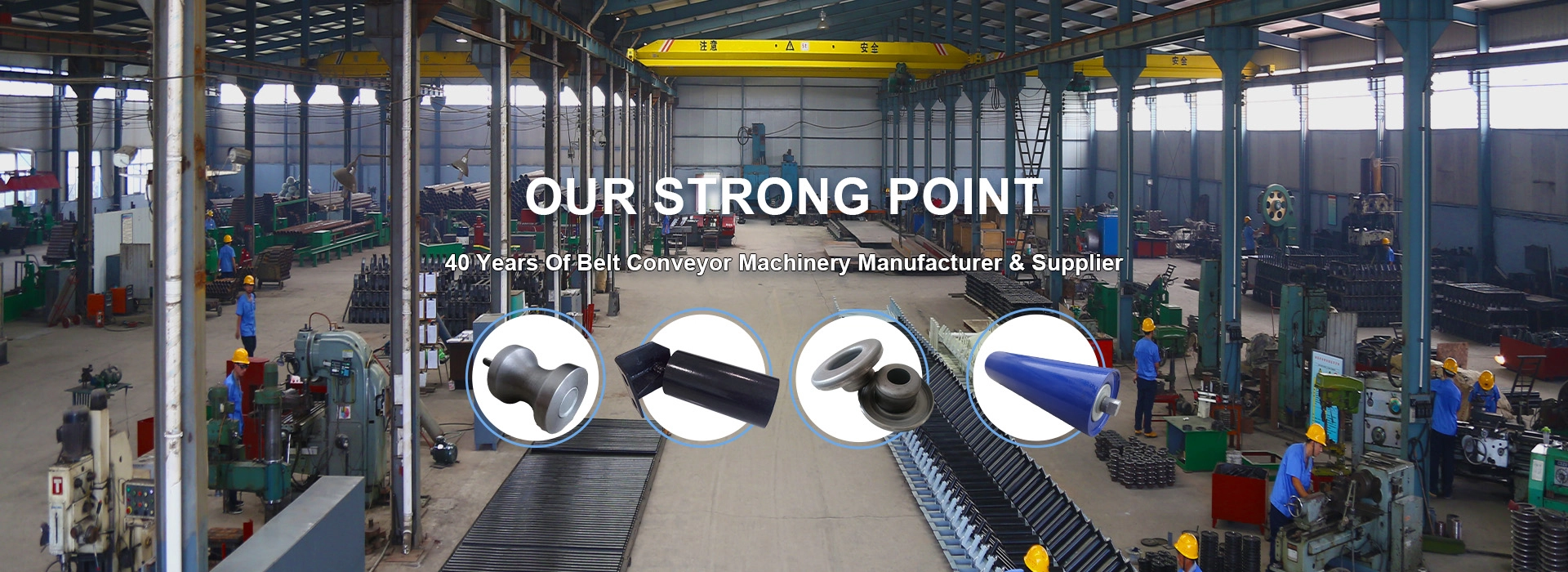 Afrikaans
Afrikaans  Albanian
Albanian  Amharic
Amharic  Arabic
Arabic  Armenian
Armenian  Azerbaijani
Azerbaijani  Basque
Basque  Belarusian
Belarusian  Bengali
Bengali  Bosnian
Bosnian  Bulgarian
Bulgarian  Catalan
Catalan  Cebuano
Cebuano  Corsican
Corsican  Croatian
Croatian  Czech
Czech  Danish
Danish  Dutch
Dutch  English
English  Esperanto
Esperanto  Estonian
Estonian  Finnish
Finnish  French
French  Frisian
Frisian  Galician
Galician  Georgian
Georgian  German
German  Greek
Greek  Gujarati
Gujarati  Haitian Creole
Haitian Creole  hausa
hausa  hawaiian
hawaiian  Hebrew
Hebrew  Hindi
Hindi  Miao
Miao  Hungarian
Hungarian  Icelandic
Icelandic  igbo
igbo  Indonesian
Indonesian  irish
irish  Italian
Italian  Japanese
Japanese  Javanese
Javanese  Kannada
Kannada  kazakh
kazakh  Khmer
Khmer  Rwandese
Rwandese  Korean
Korean  Kurdish
Kurdish  Kyrgyz
Kyrgyz  Lao
Lao  Latin
Latin  Latvian
Latvian  Lithuanian
Lithuanian  Luxembourgish
Luxembourgish  Macedonian
Macedonian  Malgashi
Malgashi  Malay
Malay  Malayalam
Malayalam  Maltese
Maltese  Maori
Maori  Marathi
Marathi  Mongolian
Mongolian  Myanmar
Myanmar  Nepali
Nepali  Norwegian
Norwegian  Norwegian
Norwegian  Occitan
Occitan  Pashto
Pashto  Persian
Persian  Polish
Polish  Portuguese
Portuguese  Punjabi
Punjabi  Romanian
Romanian  Russian
Russian  Samoan
Samoan  Scottish Gaelic
Scottish Gaelic  Serbian
Serbian  Sesotho
Sesotho  Shona
Shona  Sindhi
Sindhi  Sinhala
Sinhala  Slovak
Slovak  Slovenian
Slovenian  Somali
Somali  Spanish
Spanish  Sundanese
Sundanese  Swahili
Swahili  Swedish
Swedish  Tagalog
Tagalog  Tajik
Tajik  Tamil
Tamil  Tatar
Tatar  Telugu
Telugu  Thai
Thai  Turkish
Turkish  Turkmen
Turkmen  Ukrainian
Ukrainian  Urdu
Urdu  Uighur
Uighur  Uzbek
Uzbek  Vietnamese
Vietnamese  Welsh
Welsh  Bantu
Bantu  Yiddish
Yiddish  Yoruba
Yoruba  Zulu
Zulu Efficient Design and Functionality of Belt Conveyor Rollers for Material Handling
Understanding Belt Conveyor Rollers Key Components in Material Handling
Belt conveyor rollers play a pivotal role in the functionality and efficiency of belt conveyor systems, which are instrumental in various industries, from mining to manufacturing and logistics. By facilitating the smooth movement of materials, these rollers are essential for ensuring that operations run efficiently. In this article, we will explore the importance, types, and maintenance of belt conveyor rollers while highlighting their impact on productivity.
The Importance of Belt Conveyor Rollers
At the heart of any belt conveyor system are the rollers that support the conveyor belt and the load it carries. The primary function of these rollers is to reduce friction, allowing materials to be transported smoothly over long distances. The effectiveness of a conveyor system largely hinges on the quality and condition of its rollers. High-quality rollers ensure lower energy consumption, reduced wear and tear on the conveyor belt, and improved overall performance of the system.
Rollers also contribute to the stability of the belt during operation. An uneven or misaligned roller can lead to a belt that wanders, which not only impacts performance but can also lead to significant operational downtime. Hence, the selection and maintenance of conveyor rollers are crucial for the longevity and reliability of the entire conveyor system.
Types of Belt Conveyor Rollers
Belt conveyor rollers come in various types, each designed for specific applications and environments
. The most common types include1. Idler Rollers These are the most widely used rollers in conveyor systems. They support the weight of the conveyor belt and the materials being transported. Idler rollers can be configured in different arrangements—such as troughing idlers, flat idlers, and return idlers—to suit various operational requirements.
2. Drive Rollers These rollers are responsible for driving the conveyor belt forward. They are usually equipped with a motor and are positioned at the tail of the conveyor. The design and power of drive rollers are fundamental to achieving the desired conveyor speed and load capacity.
3. Impact Rollers These are specially designed to absorb the shock of heavy loads being dropped onto the belt. They are typically installed in areas where materials are loaded onto the conveyor, helping to prevent damage to the belt and extend its service life.
belt conveyor roller

4. Return Rollers These assist in guiding the belt back to the tail section. Proper alignment of return rollers is essential to prevent lateral movement of the belt and to extend the lifespan of all components involved.
Maintenance of Conveyor Rollers
Regular maintenance of belt conveyor rollers is crucial for ensuring their longevity and efficiency. Some key maintenance practices include
- Regular Inspection Visual inspections should be carried out to check for wear and tear, misalignment, or signs of damage. This helps in identifying issues before they result in major failures.
- Lubrication Ensuring that the bearings of rollers are properly lubricated can greatly extend their life. Neglecting this step can lead to increased friction and heat, which can cause premature failures.
- Belt Alignment Misalignment of rollers can lead to uneven belt wear and potential belt failure. Regular checks should be conducted to ensure that the belt remains centered on the rollers.
- Cleaning Keeping rollers clean from dust, debris, and buildup is essential. Accumulated materials can create additional drag and wear on both the rollers and the conveyor belt.
Conclusion
Belt conveyor rollers are integral components that significantly affect the performance of conveyor systems. Understanding their types, functions, and maintenance requirements is vital for anyone involved in material handling operations. With proper attention and care, conveyor rollers can operate efficiently, leading to increased productivity and reduced operational costs. Investing in high-quality rollers and maintaining them correctly should be a priority for businesses to enhance the reliability and efficiency of their material handling systems. As industries continue to evolve, the role of belt conveyor rollers remains indispensable in streamlining processes and driving operational success.
-
Revolutionizing Conveyor Reliability with Advanced Rubber Lagging PulleysNewsJul.22,2025
-
Powering Precision and Durability with Expert Manufacturers of Conveyor ComponentsNewsJul.22,2025
-
Optimizing Conveyor Systems with Advanced Conveyor AccessoriesNewsJul.22,2025
-
Maximize Conveyor Efficiency with Quality Conveyor Idler PulleysNewsJul.22,2025
-
Future-Proof Your Conveyor System with High-Performance Polyurethane RollerNewsJul.22,2025
-
Driving Efficiency Forward with Quality Idlers and RollersNewsJul.22,2025





























